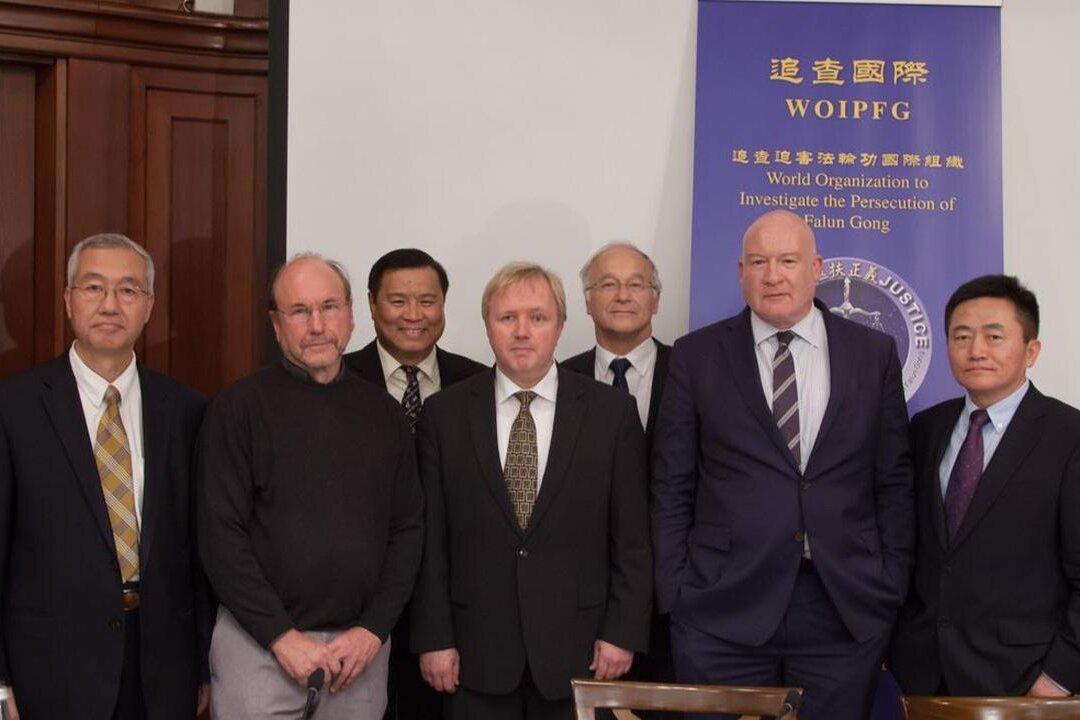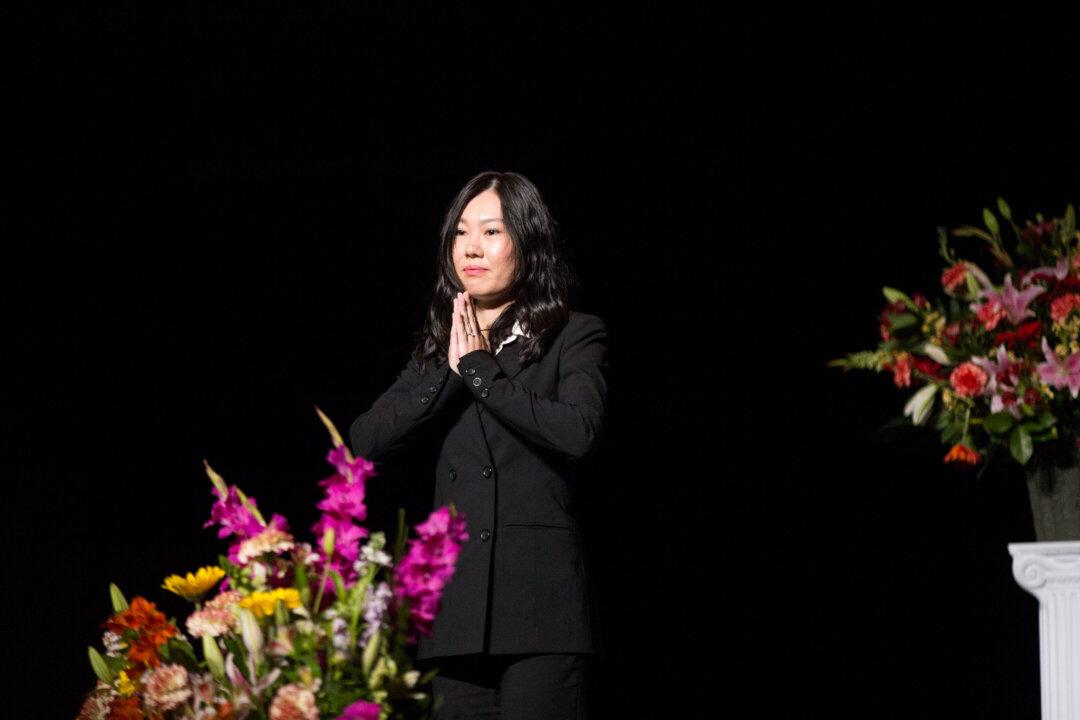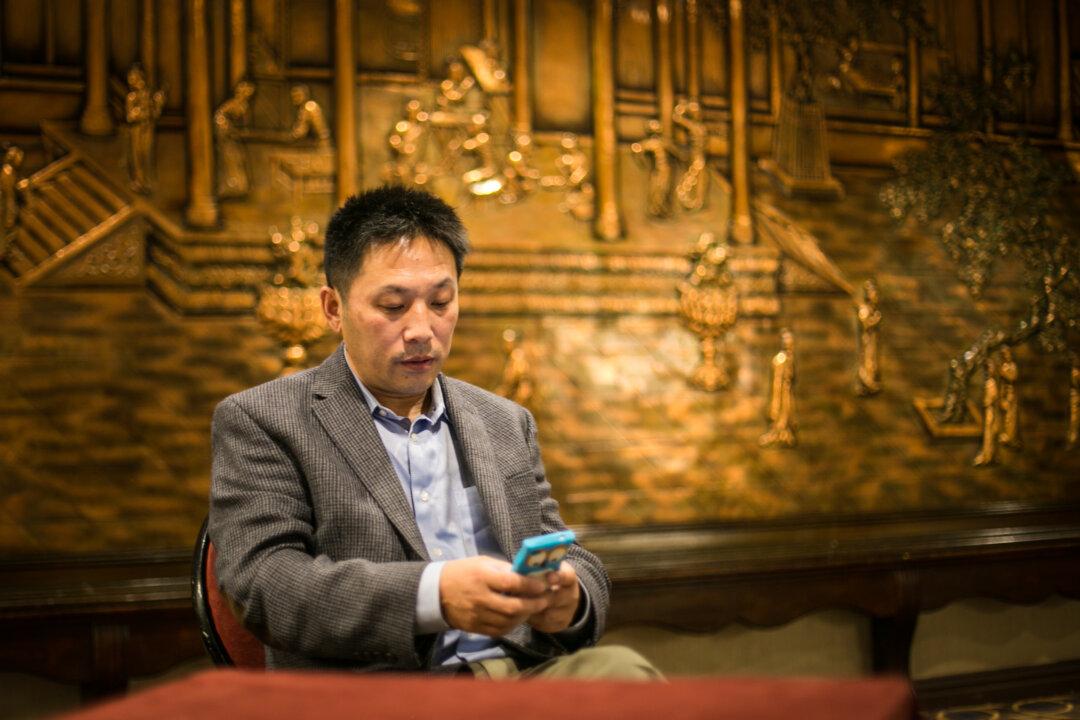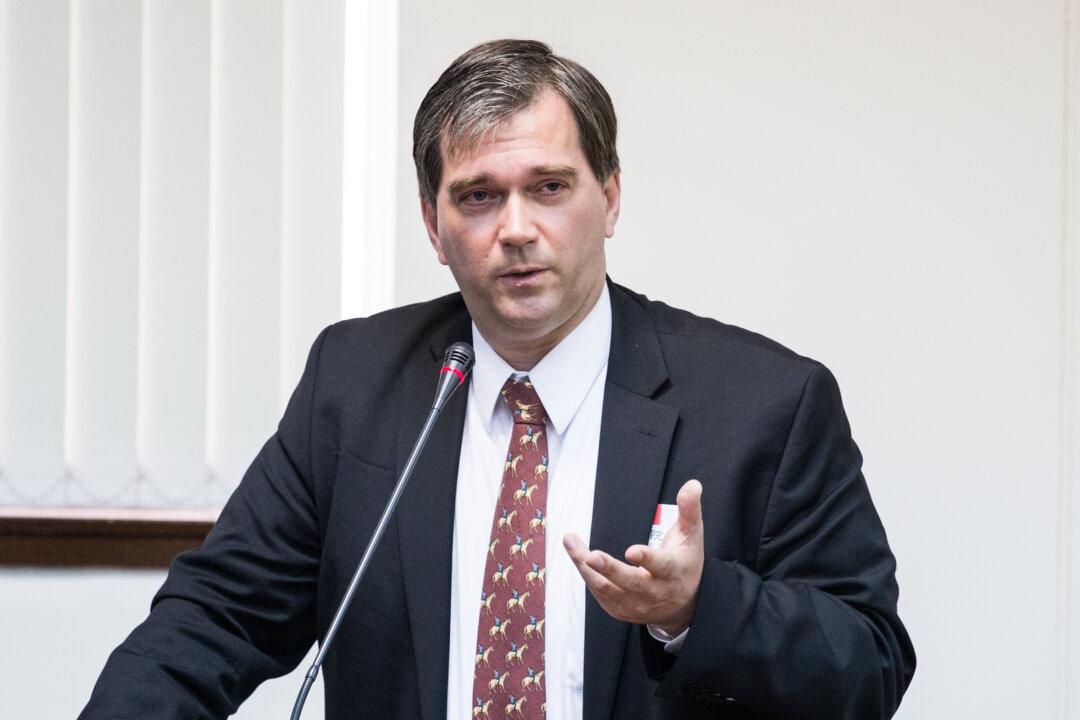The Chinese state media’s friendly impression of North Korea—in contrast to the large dollops of criticism dished out by the Western press—was highlighted recently in a praiseful article in People’s Daily that was later deleted.
The main mouthpiece of the Chinese Communist Party, People’s Daily, published a piece about what it titled “The Kim Dynasty” and “Office No. 39,” whose job it is to funnel money to the Kim regime through a range of illegal overseas activities.
The article was removed from the People’s Daily website after it was covered by the South Korean broadcaster KBS, according to the latter. Radio Free Asia reported on KBS’s report.
Also known as the Bureau 39 building of the North’s Workers’ Party of Korea, the agency building is regarded by the People’s Daily as ranking fourth among the world’s top 10 most restricted areas, according to KBS.
The bureau has between 10 and 20 bank accounts in China and Switzerland, and makes money by dealing in drugs, trading arms, and laundering money. KBS reported that Xinhua, the other arm of official Chinese state propaganda, reprinted the same report, but that it was later removed from the Xinhua website too.
In the past, Chinese state media channels published favorably on the North Korean regime.
According to South Korean newspaper Chosun Ilbo, in July 2009 the biweekly Chinese magazine World Affairs, published by a press under the aegis of the Chinese Ministry of Foreign Affairs, carried a long article that gave a rare glimpse into the lives of North Korea’s ruling family members. This included Kim Il Sung (Kim Jong-il’s father) and Kim Jong-il, as well as their wives and children, all of whom have long lived behind a veil of secrecy.
Hong Kong’s Phoenix Television, known for its loyalty to the Chinese regime, has also done its part. On June 2 this year it published an article praising, in its headline, Kim Jong-il as “The Great Artist in the Eyes of the North Korean People.” It went on to argue that his artistic accomplishments were “no less than any of the North Korean film directors and screenplay writers.”
At the World Expo in Shanghai Chinese media lauded the North Korean pavilion, which was premiering for the first time in the 159-year history of the event. The pavilion was supposed to have combined Korean national character and modern aesthetics to “convey the beauty of ethnic simplicity.”
In a May 6 report, People’s Daily urged its readers not to miss the North Korean pavilion, and asserted that the theme Prosperous Pyongyang, “Reflects the North Korean people’s spirit in building a powerful and prosperous country, showcasing North Korea’s beautiful scenery, unique culture, and achievements in science, education, culture, and sports” and continued at length.
When reporting on North Korea’s pavilion at the World Expo, Chinese media often referred to the Kim regime’s “enormous achievements.”
The main mouthpiece of the Chinese Communist Party, People’s Daily, published a piece about what it titled “The Kim Dynasty” and “Office No. 39,” whose job it is to funnel money to the Kim regime through a range of illegal overseas activities.
The article was removed from the People’s Daily website after it was covered by the South Korean broadcaster KBS, according to the latter. Radio Free Asia reported on KBS’s report.
Also known as the Bureau 39 building of the North’s Workers’ Party of Korea, the agency building is regarded by the People’s Daily as ranking fourth among the world’s top 10 most restricted areas, according to KBS.
The bureau has between 10 and 20 bank accounts in China and Switzerland, and makes money by dealing in drugs, trading arms, and laundering money. KBS reported that Xinhua, the other arm of official Chinese state propaganda, reprinted the same report, but that it was later removed from the Xinhua website too.
In the past, Chinese state media channels published favorably on the North Korean regime.
According to South Korean newspaper Chosun Ilbo, in July 2009 the biweekly Chinese magazine World Affairs, published by a press under the aegis of the Chinese Ministry of Foreign Affairs, carried a long article that gave a rare glimpse into the lives of North Korea’s ruling family members. This included Kim Il Sung (Kim Jong-il’s father) and Kim Jong-il, as well as their wives and children, all of whom have long lived behind a veil of secrecy.
Hong Kong’s Phoenix Television, known for its loyalty to the Chinese regime, has also done its part. On June 2 this year it published an article praising, in its headline, Kim Jong-il as “The Great Artist in the Eyes of the North Korean People.” It went on to argue that his artistic accomplishments were “no less than any of the North Korean film directors and screenplay writers.”
At the World Expo in Shanghai Chinese media lauded the North Korean pavilion, which was premiering for the first time in the 159-year history of the event. The pavilion was supposed to have combined Korean national character and modern aesthetics to “convey the beauty of ethnic simplicity.”
In a May 6 report, People’s Daily urged its readers not to miss the North Korean pavilion, and asserted that the theme Prosperous Pyongyang, “Reflects the North Korean people’s spirit in building a powerful and prosperous country, showcasing North Korea’s beautiful scenery, unique culture, and achievements in science, education, culture, and sports” and continued at length.
When reporting on North Korea’s pavilion at the World Expo, Chinese media often referred to the Kim regime’s “enormous achievements.”




